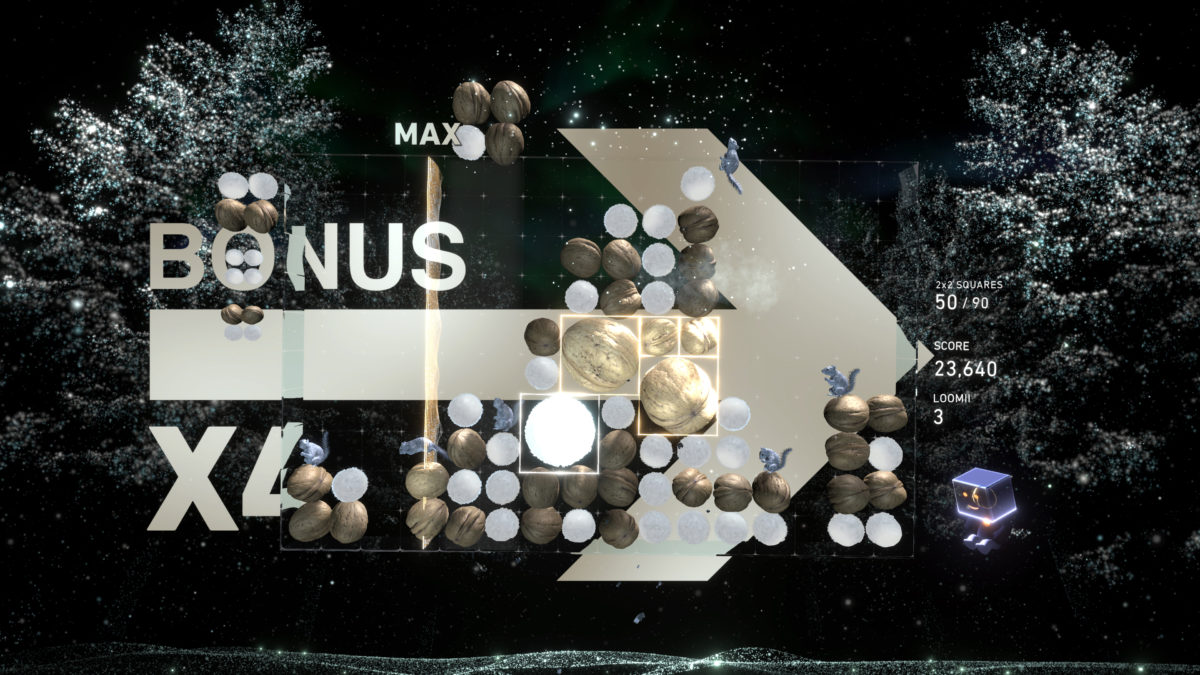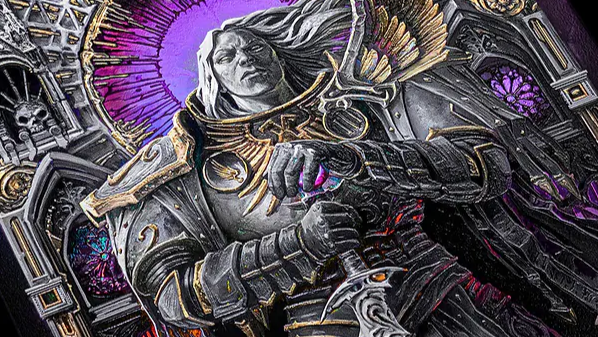
Battlefield 6 fans have accused EA of selling an AI-generated image after spotting a sticker of what looks like an M4A1 with two barrels in the in-game store.
Following a similar generative AI controversy for rival shooter Call of Duty: Black Ops 7, Battlefield 6 has come under fire for selling what some fans have called “low quality AI generated garbage.”
The sticker in question comes as part of the Windchill cosmetic pack for Battlefield 6, which costs 900 Battlefield Coins. It includes six items, one of which is a player card sticker called Winter Warning. The red flag here are two barrels on the M4A1, but the hand position of the soldier as well as the scope do not look properly aligned.
“Remove this AI s**t from the store,” said redditor Willcario in a thread upvoted 4,600 times. “Two barrels on the M4A1, sure. I would literally prefer to have no sticker than some low quality AI generated garbage. You can look at BO7 and see how many favors AI generated rewards won with them.”
The use of generative AI is one of the hottest topics in the video game industry, with the pressure on publishers to cut costs and speed up development in order to boost profits despite the risk of backlash from some fans. Indeed, according to a report by The Financial Times, EA’s new prospective owners (the ones who just spent $55 billion to take the company private) are betting on the use of generative AI to do just that. And EA itself, even before it was bought out, had signalled that it was all-in on generative AI, with CEO Andrew Wilson insisting AI is at “the very core of its business.”
This definitely looks AI Generated right? #Battlefield6 pic.twitter.com/VLYMhEMOqQ
— Battlefield 6 News (@BF6Updates) December 21, 2025
While EA has yet to issue a statement on the Battlefield 6 allegations, fans are digging up past comments from Rebecka Coutaz, general manager of original series developer DICE in Sweden, and Criterion, the UK studio now also a part of what’s collectively called Battlefield Studios, who in October said players wouldn’t see anything made by generative AI in Battlefield 6.
Coutaz said that while generative AI “is very seducing,” currently there is no way to work it into the developers’ daily work. However, Coutaz clarified that generative AI is used in preparatory stages “to allow more time and more space to be creative.”
While this is Battlefield 6’s first significant generative AI controversy, Call of Duty has suffered a number of gen AI controversies in recent years, including the now-infamous six-fingered zombie Santa bundle. Earlier this year, Activision was forced to add an ‘AI generated content disclosure’ to the Steam page for Black Ops 6 after Valve changed its storefront rules. Currently, Battlefield 6 has no such AI content disclosure on Steam.
And last month, Activision issued a statement in response to a player outcry regarding the seeming use of generative AI art assets in a number of areas of Call of Duty: Black Ops 7. Players took to social media to complain about images they believed to be AI-generated across the game, primarily focusing on calling card images that they claimed used Studio Ghibli styling, following a trend of AI-Ghibli images from earlier this year. The Call of Duty: Black Ops 7 Steam page also includes the following disclaimer: “Our team uses generative AI tools to help develop some in game assets.”
This week, IGN reported on video game Clair Obscur: Expedition 33, which was stripped of its Game of the Year award by The Indie Game Awards over its use of generative AI. Meanwhile, Baldur’s Gate 3 developer Larian plans to address concern over its use of gen AI in upcoming game Divinity following a backlash online.
Wesley is Director, News at IGN. Find him on Twitter at @wyp100. You can reach Wesley at wesley_yinpoole@ign.com or confidentially at wyp100@proton.me.










